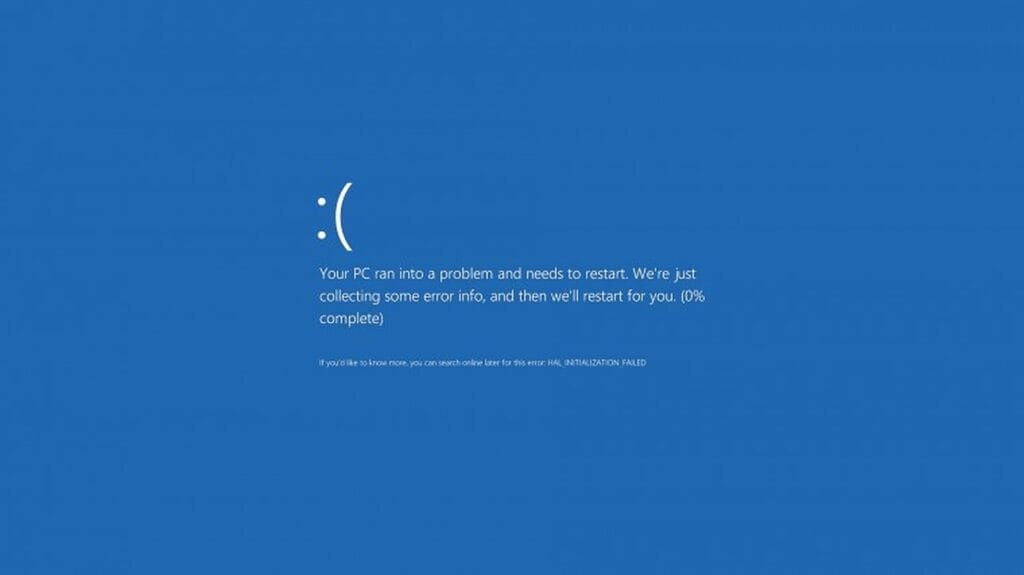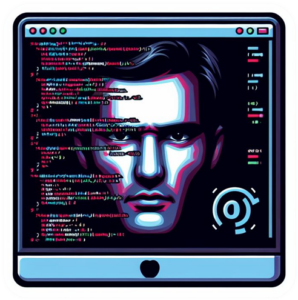
GoSecure Appoints Anne-Marie Faber as Chief Marketing Officer (CMO)
GoSecure, a renowned provider of managed detection and response solutions complemented by its expert professional services, is elated to announce...
GoSecure Titan® Managed Extended Detection & Response (MXDR)
GoSecure Titan® Managed Extended Detection & Response (MXDR) Foundation
GoSecure Titan® Vulnerability Management as a Service (VMaaS)
GoSecure Titan® Managed Security Information & Event Monitoring (Managed SIEM)
GoSecure Titan® Managed Perimeter Defense (MPD)
GoSecure Titan® Inbox Detection and Response (IDR)
GoSecure Titan® Secure Email Gateway (SEG)
GoSecure Titan® Threat Modeler
GoSecure Titan® Identity
GoSecure Professional Security Services
Incident Response Services
Security Maturity Assessment
Privacy Services
PCI DSS Services
Penetration Testing Services
Security Operations

GoSecure MXDR for Microsoft
Comprehensive visibility and response within your Microsoft security environment
USE CASES
Risk-Based Security Measures
Safeguard sensitive information
Make informed decisions
Fulfill regulatory obligations
A valuable risk management strategy
Combat ransomware with innovative security
Halt zero-day exploits with advanced protection
Get ahead and win the race with the GoSecure Titan® Platform
24/7 MXDR FOUNDATION
GoSecure Titan® Endpoint Detection and Response (EDR)
GoSecure Titan® Next Generation Antivirus (NGAV)
GoSecure Titan® Security Information & Event Monitoring (SIEM)
GoSecure Titan® Inbox Detection and Reponse (IDR)
GoSecure Titan® Intelligence

ABOUT GOSECURE
GoSecure is a recognized cybersecurity leader and innovator, pioneering the integration of endpoint, network, and email threat detection into a single Managed Extended Detection and Response (MXDR) service. For over 20 years, GoSecure has been helping customers better understand their security gaps and improve their organizational risk and security maturity through MXDR and Professional Services solutions delivered by one of the most trusted and skilled teams in the industry.
EVENT CALENDAR
LATEST PRESS RELEASE
GoSecure, a renowned provider of managed detection and response solutions complemented by its expert professional services, is elated to announce...
GOSECURE BLOG
In response to a recent report from the...
As Xiaomi smartphones show an increase in...
In October 2024, GoSecure Threat Hunters...
RESOURCES
SECURITY ADVISORIES
Following a recent advisory from the Cybersecurity and Infrastructure Security Agency (CISA)...
In November 2024, GoSecure Threat Hunters have identified an alarming rise in the activity of the...
 You would be startled by the number of studies conducted on the geography of cyber-attacks that overlook a key factor: the use of proxies. The art of hiding one’s IP address behind another one through the means of a Virtual Private Network (VPN), anonymity networks (such as TOR), or data centers, is an unsurprisingly common technique within the hacking industry. The neglect in previous cyber-geopolitical research could be explained as a misunderstanding of the concept of proxies and their effects, or also a lack of resources to identify them.
You would be startled by the number of studies conducted on the geography of cyber-attacks that overlook a key factor: the use of proxies. The art of hiding one’s IP address behind another one through the means of a Virtual Private Network (VPN), anonymity networks (such as TOR), or data centers, is an unsurprisingly common technique within the hacking industry. The neglect in previous cyber-geopolitical research could be explained as a misunderstanding of the concept of proxies and their effects, or also a lack of resources to identify them.
 A recent discovery by our SOC/incident response team has brought to light a concerning use of web browser notification service workers. The alarming aspect of this finding is the ability to initiate notifications, simulate user clicks, and close notifications seamlessly, all while remaining virtually undetectable to the user. This covert execution presents significant challenges in detecting and effectively mitigating such malicious activities.
A recent discovery by our SOC/incident response team has brought to light a concerning use of web browser notification service workers. The alarming aspect of this finding is the ability to initiate notifications, simulate user clicks, and close notifications seamlessly, all while remaining virtually undetectable to the user. This covert execution presents significant challenges in detecting and effectively mitigating such malicious activities.
 Today, reports detailing a Blue Screen of Death (BSOD) issue impacting Microsoft systems with CrowdStrike’s Falcon sensor installed has had worldwide implications and outages. The BSOD issue arose following an update to the CrowdStrike Falcon sensor. This malfunction caused affected systems to crash, presenting a blue screen error, a situation that can disrupt business operations and compromise security by leaving systems unprotected.
Today, reports detailing a Blue Screen of Death (BSOD) issue impacting Microsoft systems with CrowdStrike’s Falcon sensor installed has had worldwide implications and outages. The BSOD issue arose following an update to the CrowdStrike Falcon sensor. This malfunction caused affected systems to crash, presenting a blue screen error, a situation that can disrupt business operations and compromise security by leaving systems unprotected.
 As part of my 15-week internship within the GoSecure research team, I was given the opportunity to work on Remote Desktop Protocol (RDP) attacks. I was tasked with the codification of attackers’ behavior in RDP recorded sessions. During this part of the research, I developed an interest in the use of Command Line Interface (CLI) by attackers.
As part of my 15-week internship within the GoSecure research team, I was given the opportunity to work on Remote Desktop Protocol (RDP) attacks. I was tasked with the codification of attackers’ behavior in RDP recorded sessions. During this part of the research, I developed an interest in the use of Command Line Interface (CLI) by attackers.
In this blog, I will present my findings concerning CLI use, what my expectations were and how my perception has changed since doing this research.
 Discover the evolving Remote Desktop Protocol (RDP) security environment through our insightful exploration of using Network Level Authentication (NLA) rather than keeping the basic Transport Layer Security (TLS) only. Join users, organizations, and researchers in navigating the dynamic cybersecurity landscape, contributing to a safer digital future.
Discover the evolving Remote Desktop Protocol (RDP) security environment through our insightful exploration of using Network Level Authentication (NLA) rather than keeping the basic Transport Layer Security (TLS) only. Join users, organizations, and researchers in navigating the dynamic cybersecurity landscape, contributing to a safer digital future.